Metal detecting has been around for a long time, but there has been a spike in hobbyists seeking metal detectors for sale.
Whether you’re looking for coins, jewelry or other buried treasure, there is plenty still out there waiting to come to the surface.
These are the most valuable metal detector finds.
15. Bronze Age Axe Heads
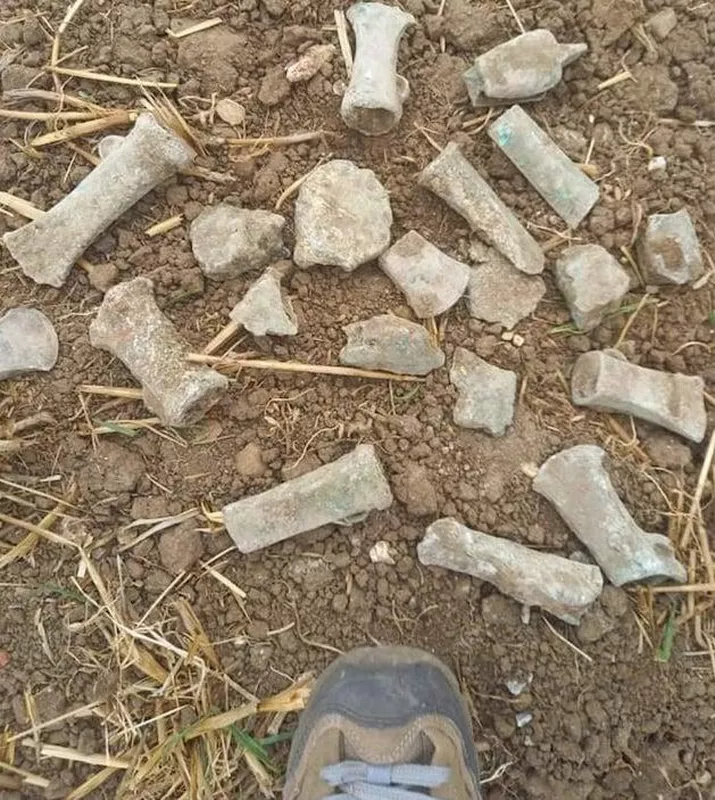
radiocbc / Facebook
Value: N/A
Location: Royston, Hertfordshire, England
What Makes Bronze Age Axe Heads a Great Find
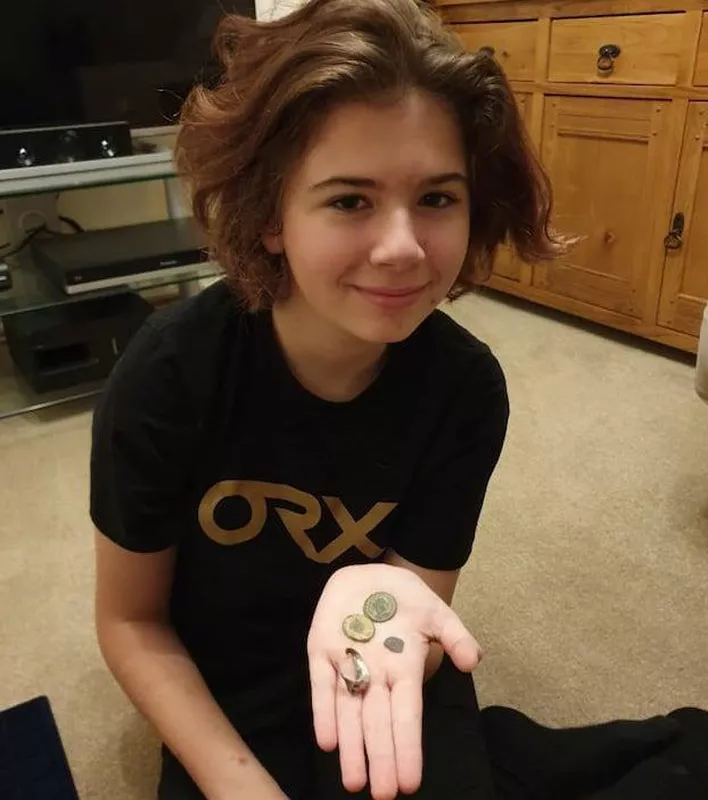
CBC Radio/Metal Detecting New Brunswick / Facebook
Milly Hardick, then 13, unearthed 65 Bronze Age artifacts in November 2021, including axe heads dating back 1300 B.C. Milly comes from a family of metal detectorists and was only on her third excursion when she made the discovery.
Archeologists later came back to the area and excavated more than 200 items. As a result of her beginner's luck, Milly is also now considering an archeology career.
14. Ancient Roman Dagger
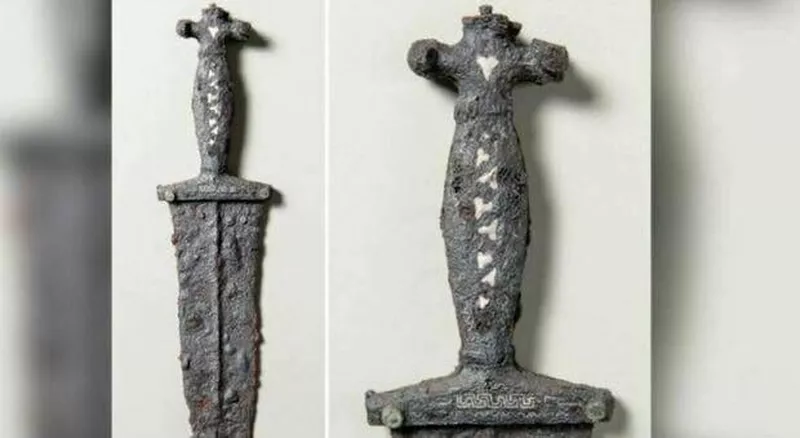
Roberto Castaldo / Facebook
Value: N/A
Location: Tiefencastel, Switzerland
What Makes an Ancient Roman Dagger a Great Find
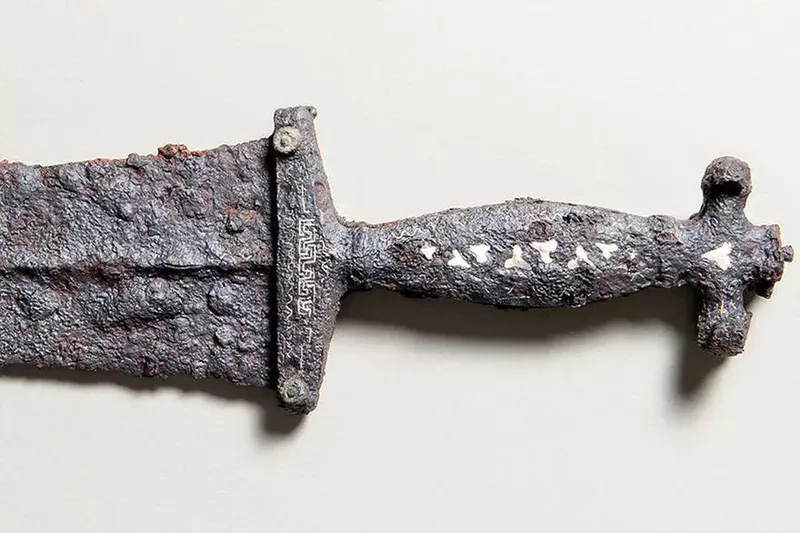
Hasan Koç / Facebook
In 2018, dental student Lucas Schmid began exploring the Tiefencastel area in Switzerland, despite the understanding that archaeologists had already excavated all the Roman army artifacts from it in 2003.
Schmid wasn’t convinced that was the case, and his suspicion proved to be correct. While out with his metal detector, he found a complete Roman dagger about a foot below the ground.
The dagger is believed to be about 2,000 years old and is currently in the hands of the Swiss government.
13. Medieval Gold Coins
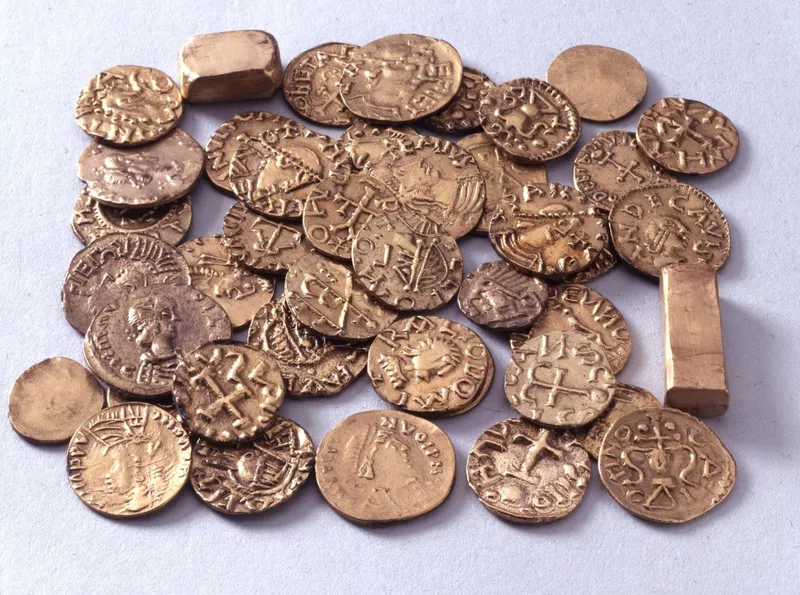
Tondra Neel / Facebook
Value: N/A
Location: West Norfolk, England
What Makes Medieval Gold Coins a Great Find
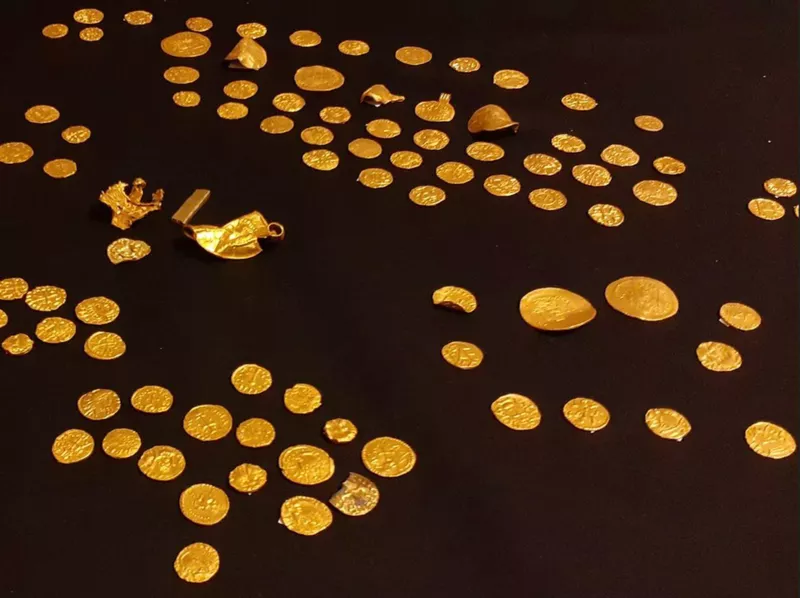
HereditasCoinsProject / Facebook
Two anonymous metal detectorists found what is known as the West Norfolk Hoard, the largest of its kind ever uncovered in England. It contains 131 coins and four other gold objects.
Many of the coins are Frankish tremisses and were minted sometime between 284 to 700 A.D. There is also a stamped pendant, a small gold bar, and two other jewelry fragments.
12. A Meteorite
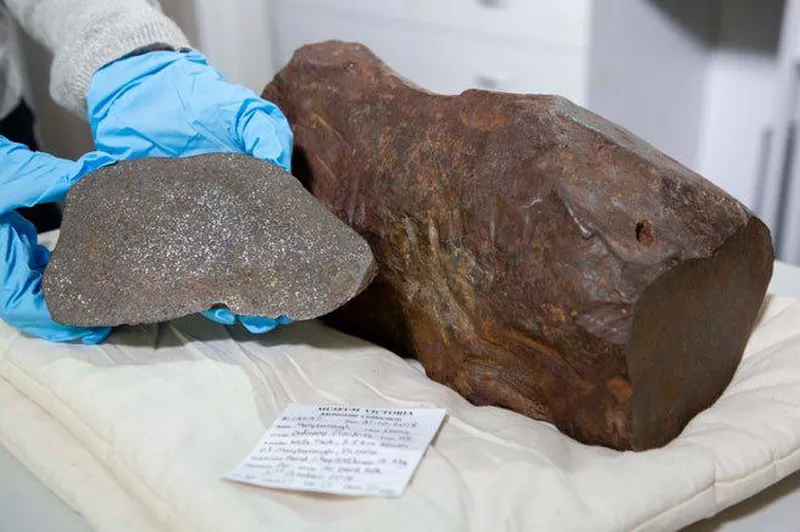
ScienceAlert / Facebook
Value: N/A
Location: Melbourne, Australia
What Makes a Meteorite a Great Find
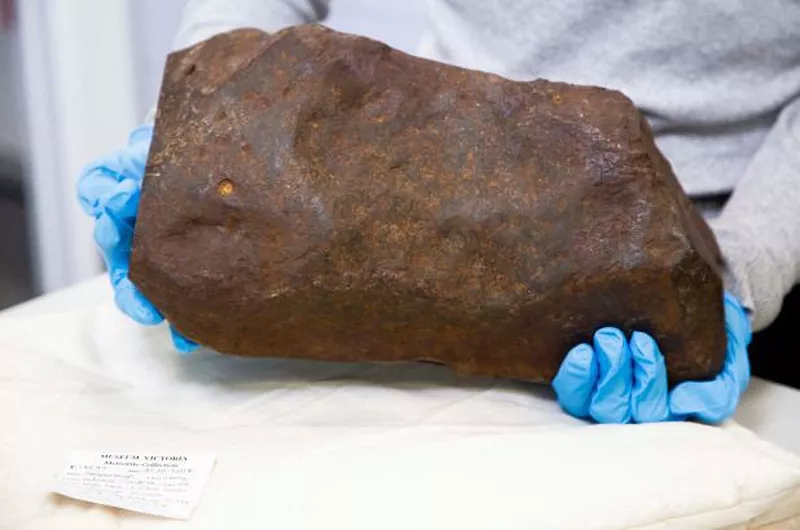
JewelersSuite / Facebook
In 2015, David Hole was prospecting in Maryborough Regional Park near Melbourne, Australia, when he found an unusual-looking rock. He thought it would have gold inside and took it home to break it open, but after several failed attempts, he stopped.
A few years later, he took it to the Melbourne Museum, which told him the 37.5-pound rock was a meteorite.
Instead of gold, it was composed, in part, of iron and likely came from the asteroid belt located between Mars and Jupiter. It landed on Earth between 100 and 1,000 years ago.
11. 1940s Class Ring
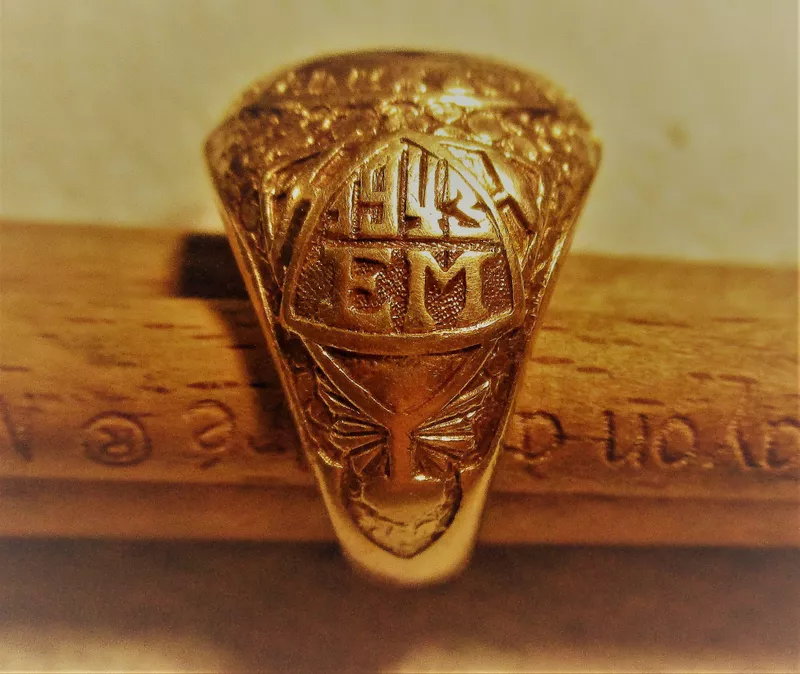
Kelly Stewart / Facebook
Value: Sentimental
Location: Richfield, Utah
What Makes a Class Ring a Great Find
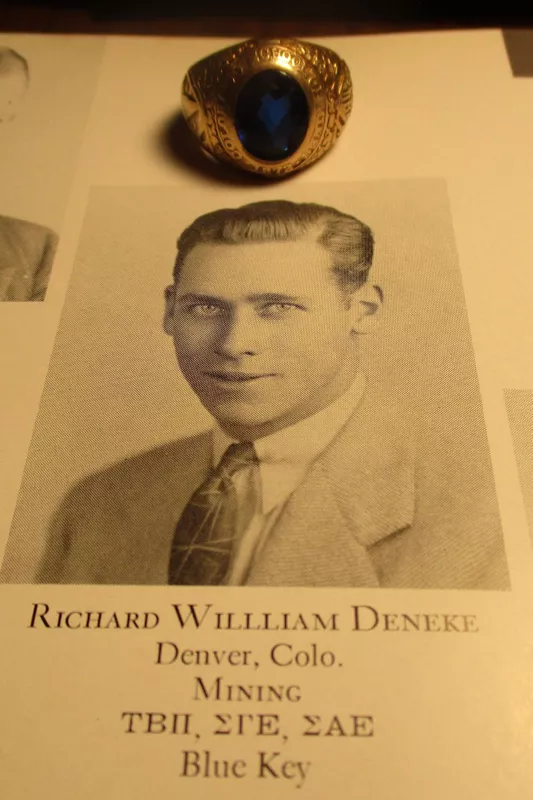
Kelly Stewart / Facebook
Utah resident and metal detectorist Kelly Stewart found a class ring in the yard of an abandoned home in February 2019.
The 10k-carat ring from 1943 was from the Colorado School of Mines and had the initials "R.W.D.” engraved inside.
Steward did a bit of sleuthing through an old yearbook in hopes of finding the owner's family. Through it, he found Richard William Deneke (who was turning 100 at the time of find) and surprised him with his long-lost ring.
10. 1,500-Year-Old Gold Hoard
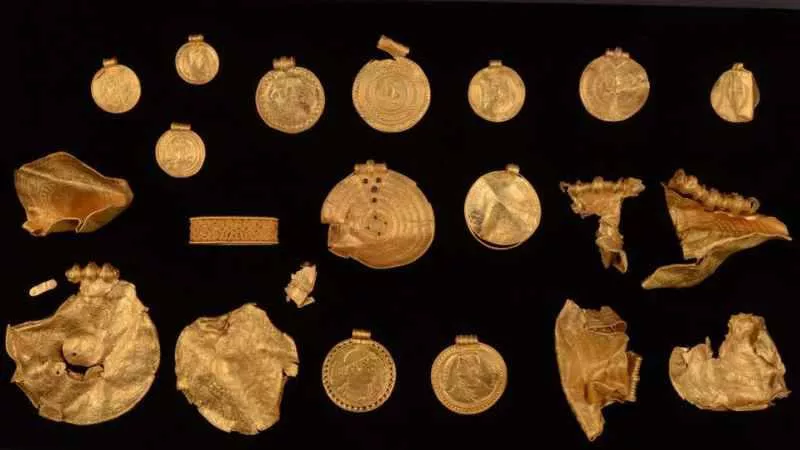
Arqueologia - Brasil / Facebook
Value: N/A
Location: Jelling, Denmark
What Makes a 1,500-Year-Old Gold Hoard a Great Find

kulturmuseet / Facebook
In 2020, a Danish man named Ole Ginnerup Schytz bought a new metal detector and a field near Jelling and soon found 22 gold objects dating back 1,500 years.
The hoard weighs a total of two pounds. Some of the objects bear images of Norse gods and others are repurposed Roman coins.
The objects were turned over to the Danish government for display at the Vejle Art Museum.
9. Sixth-Century Sword Pyramid
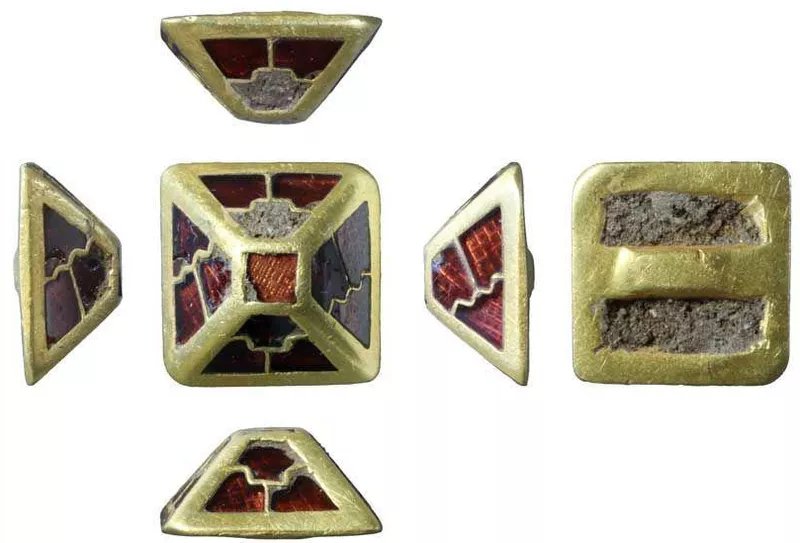
archaeologicalconservancy / Facebook
Value: N/A
Location: Norfolk, England
What Makes a Sixth-Century Sword Pyramid a Great Find
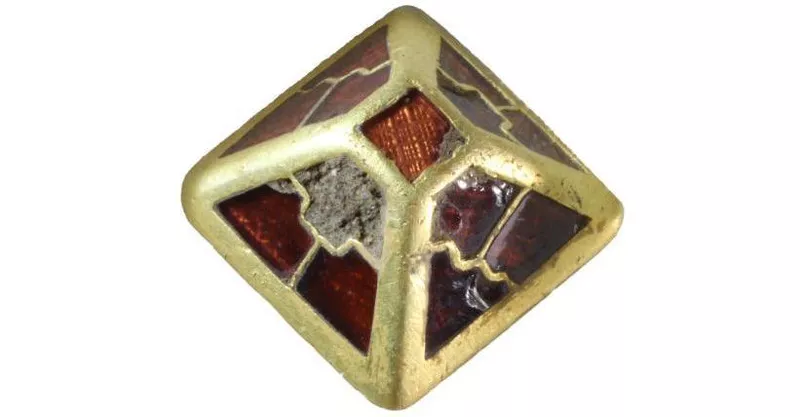
livescience / Facebook
In April 2021, a metal detectorist found a 1,400-year-old bejeweled sword pyramid. The piece dates back to 560 and 630 A.D.
Officials state the gold and garnet artifact is likely of Indian or Sri Lankan origin, and its owner may have been a part of a royal entourage. The mount would be one of a pair used to decorate the band encasing the sword and helped bind it to its scabbard.
8. 17th-Century Pirate Loot
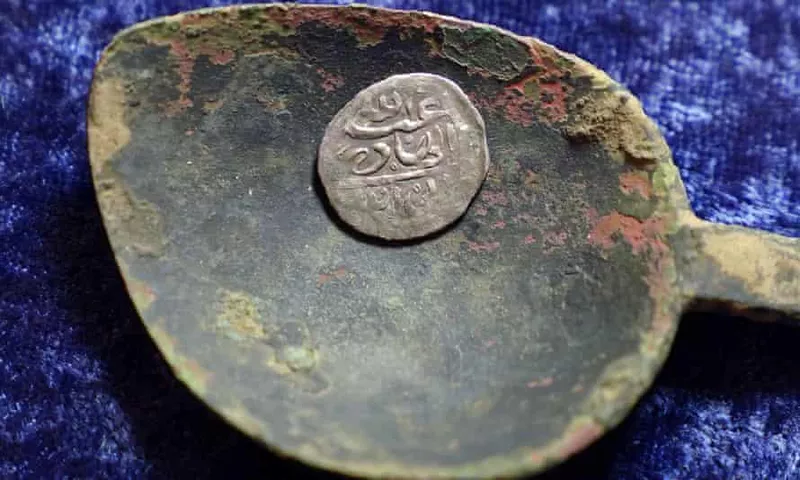
Lipika Paul / Facebook
Value: N/A
Location: Middletown, Rhode Island
What Makes 17th-Century Pirate Loot a Great Find
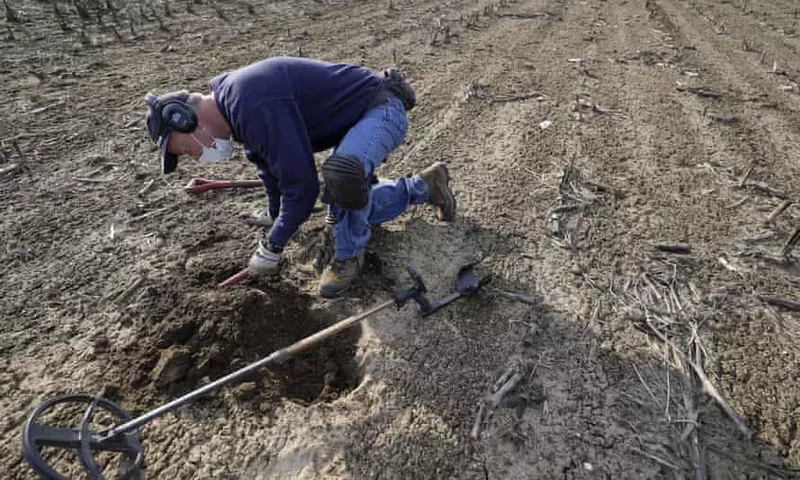
Lipika Paul / Facebook
While we don’t know the monetary value of this find, the coins dug up from a fruit orchard may solve one of the oldest cold cases in history.
In 2014, amateur historian and metal detectorist Jim Bailey discovered one of many intact 17th-century Arabian coins in a meadow that may have belong to Capt. Henry Every.
In 1695, Every commanded the pirate ship Fancy and ambushed and captured a royal vessel owned by an Indian emperor, Aurangzeb. Aboard were Muslim pilgrims on their way home from Mecca and millions in gold and silver.
The pirates tortured and killed the pilgrims, took the loot and disappeared somewhere in the Bahamas. King William III put a large bounty on their heads, but they were never found. The coin and others like it may be proof that Every made his way to the New World where he was said to pose as a slave trader.
7. Roman and Viking Treasures
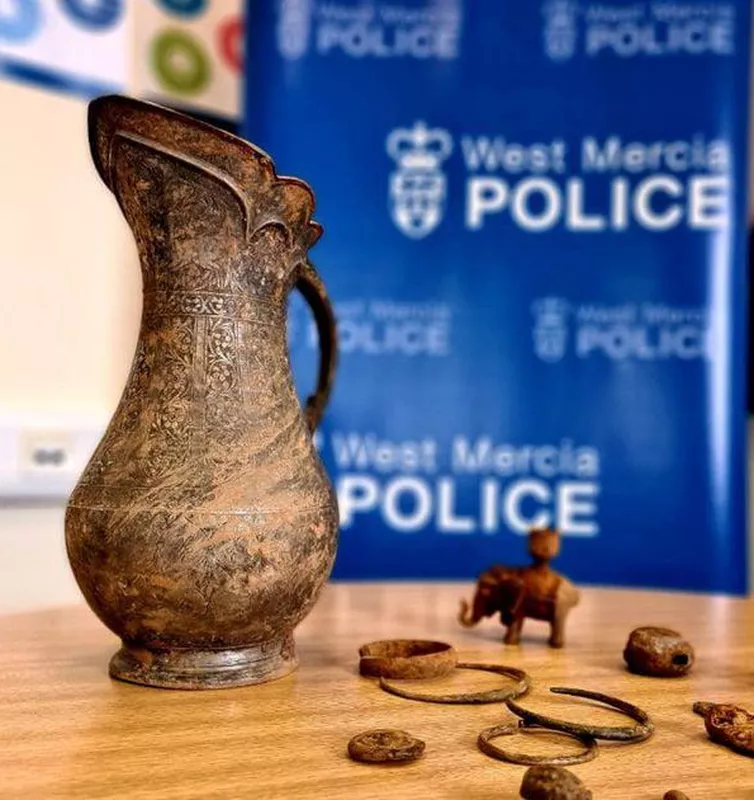
Eleanor Talbot / Facebook
Value: $7,750
Location: Polfields Coppice, Doddenham, England
What Makes Roman and Viking Treasures a Great Find

Eleanor Talbot / Facebook
Metal detectorist Charles Cartwright found stolen treasure stuffed inside an Aldi shopping bag in May 2021. There were close to 300 pieces of jewelry, medieval and Bronze age, items and Egyptian relics.
The hoard had been stolen from a nearby home in 2017. Cartwright reported his discovery to the landowner and government officials, and the treasures were eventually returned to their rightful owner.
5. 17th-Century Gold Ring
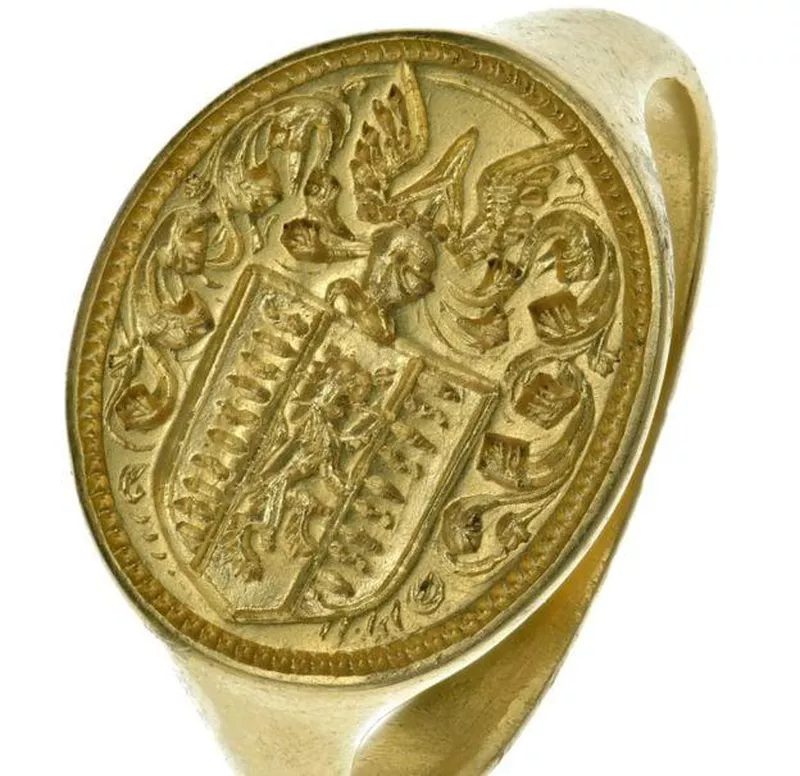
bbcscotlandnews / Facebook
Value: £17,360
Location: Duck Bay, Scotland
What Makes a 17th-Century Gold Ring a Great Find

bbcscotlandnews / Facebook
In 2019, Blackpool resident Michelle Vall found a gold ring believed to be owned by a courtier of a future king — James II of England (aka, James VII of Scotland).
The ring dates from between 1640 and 1680 and bears the crest of the Colman family. Its owner worked for the future king during his time in Edinburgh.
After the National Museum of Scotland declined its purchase, a bidder from the U.S. won the ring at auction.
6. 12th-Century Silver Penny
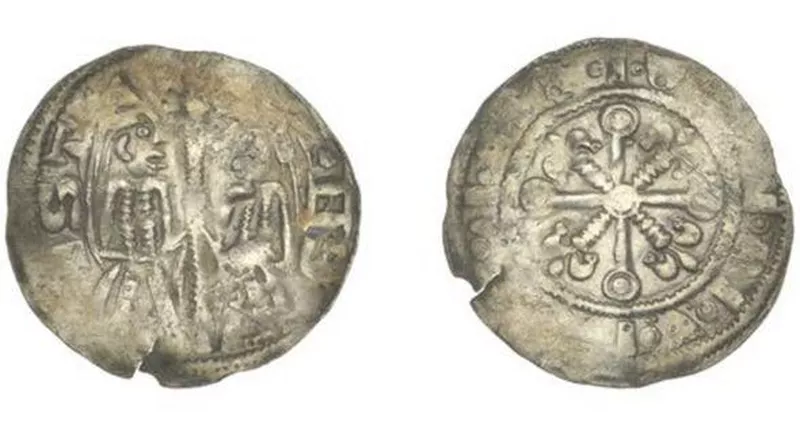
archiuk / Facebook
Value: £29,760
Location: Lincolnshire, England
What Makes a 12th-Century Silver Penny a Great Find
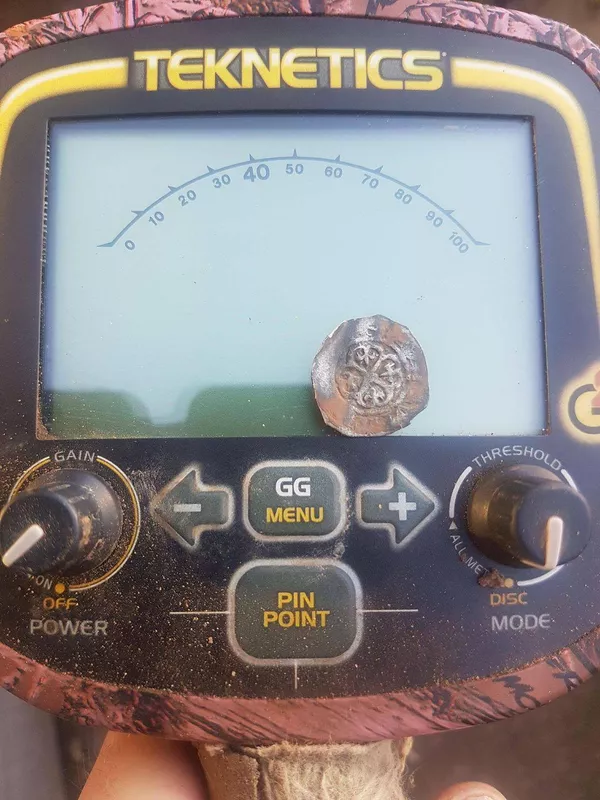
TekneticsMetalDetectors / Facebook
In 2020, metal detectorist Graeme Rushton discovered a valuable penny in a Lincolnshire field. It depicts King Stephen, who ruled from 1135 to 1154, and his wife Matilda.
Rushton dug only six inches deep to find the penny, which was discovered at the site of the 1141 Battle of Lincoln.
3. Silver-Hammered Coins
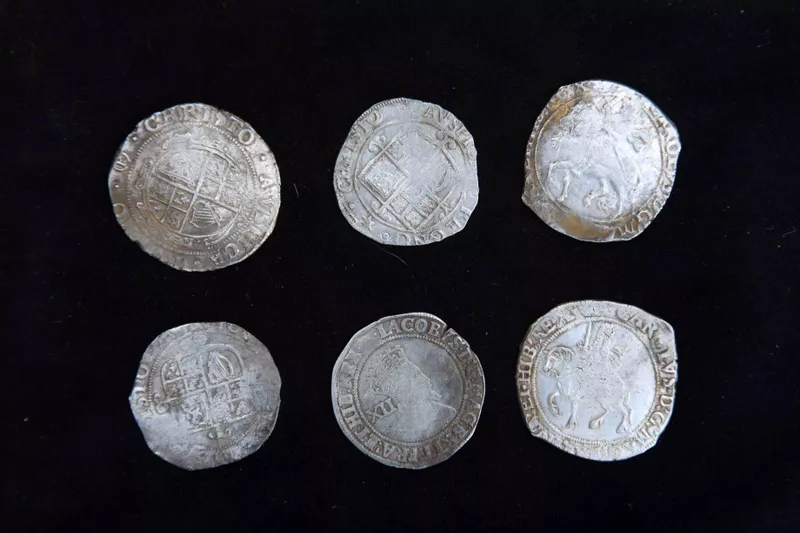
MinelabMetalDetectors / Facebook
Value: £100,000
Location: Suffolk, England
What Makes Silver-Hammered Coins a Great Find
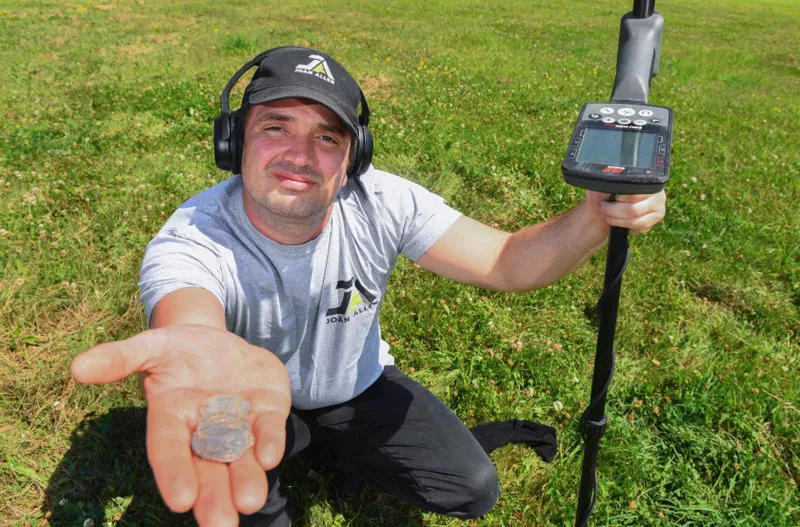
MinelabMetalDetectors / Facebook
In 2020, metal detectorist Luke Mahoney and two friends discovered 1,061 silver hammered coins.
After getting permission from the landowner, they scoured the field and found two coins before stopping for lunch. When they came back, they discovered coins all over the area.
The coins date back to between the 15th to the 17th centuries. The earliest is an Elizabethan era schilling from about 1573. There were also Charles I half-crowns from the 1640s.
4. Gold Bible Pendant
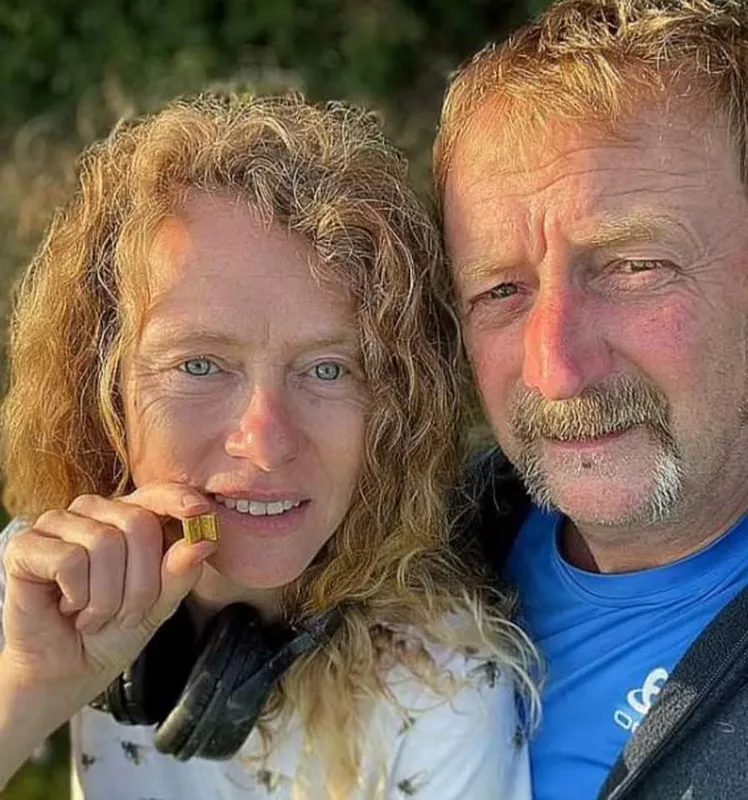
Jit Suvro Paxton / Facebook
Value: $130,000+
Location: York, England
What Makes a Gold Bible Pendant a Great Find

minelabmyanmar / Facebook
Buffy Bailey, a British nurse, spends her downtime searching for treasures in the dirt with her husband near their home in northern England. While scouring farmland in York, she found a miniature gold artifact in the shape of an open Bible.
Despite its small size, the book features intricate engravings of Saint Leonard and Saint Margaret, the patron saints of childbirth.
The object is said to be about 600 years old and was found near a property that was owned by King Richard III.
2. The Mojave Nugget
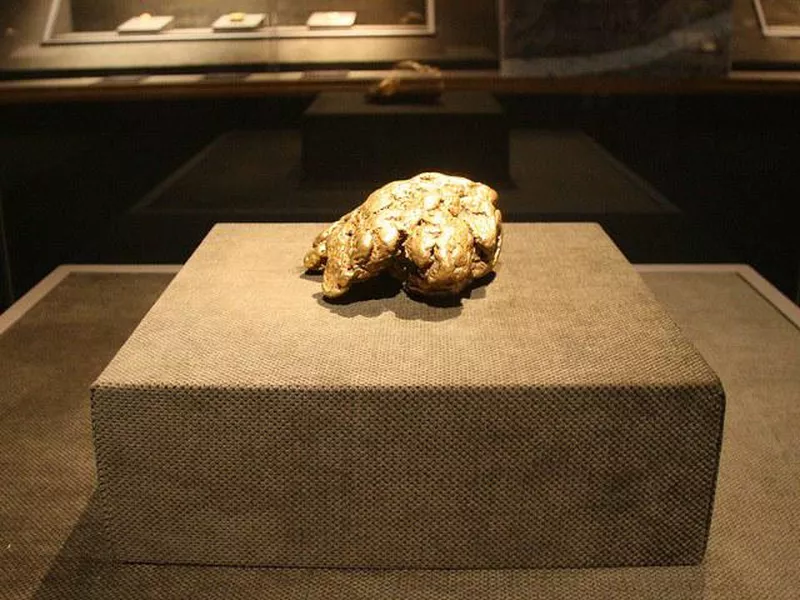
MinelabMetalDetectors / Facebook
Value: $200,000
Location: Stringer Mining District, Kern County California
What Makes the Mojave Nugget a Great Find
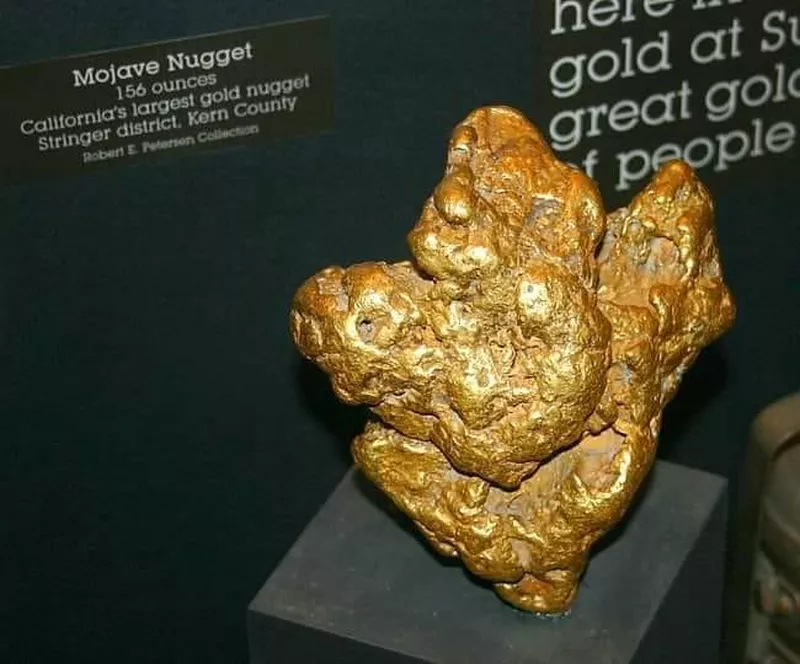
moneycontrol / Facebook
California was a place people prospected for gold in the 19th century, but one of the biggest pieces ever found was discovered in 1977.
Prospector Ty Paulsen was searching this desolate area when he found the nugget, which weighs a whopping 156 troy ounces, or about 9.75 pounds.
The piece was donated to the Natural History Museum of Los Angeles County and is part of a collection containing 132 gold pieces.
1. The Stirling Torcs
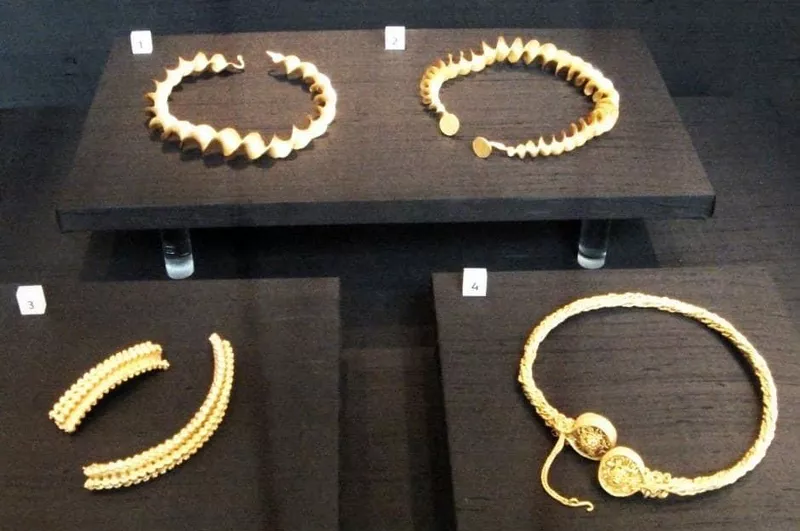
Malissa Allen / Facebook
Value: £462,000
Location: Blair Drummond, Stirlingshire, Scotland
What Makes the the Stirling Torcs a Great Find
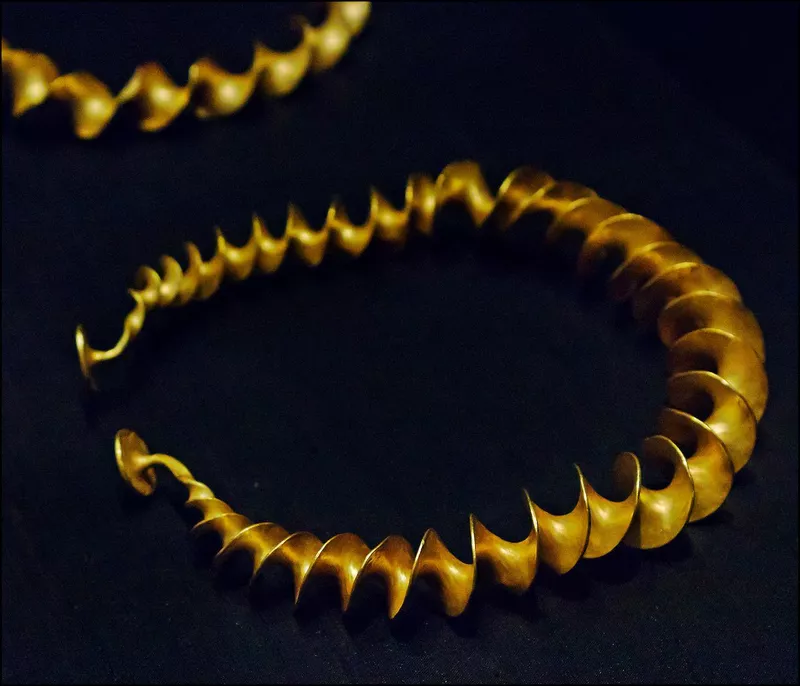
Callas E Mercedes / Facebook
In 2009, a novice treasure hunter, David Booth, found the torcs on his first outing.
The four pieces date between 300 and 100 B.C., and archaeologists believe they were buried deliberately at some point in time.
Experts say this hoard is one of the most significant discoveries of Iron Age metalwork in Scotland. The pieces were acquired by the government and are now in the National Museums of Scotland.
